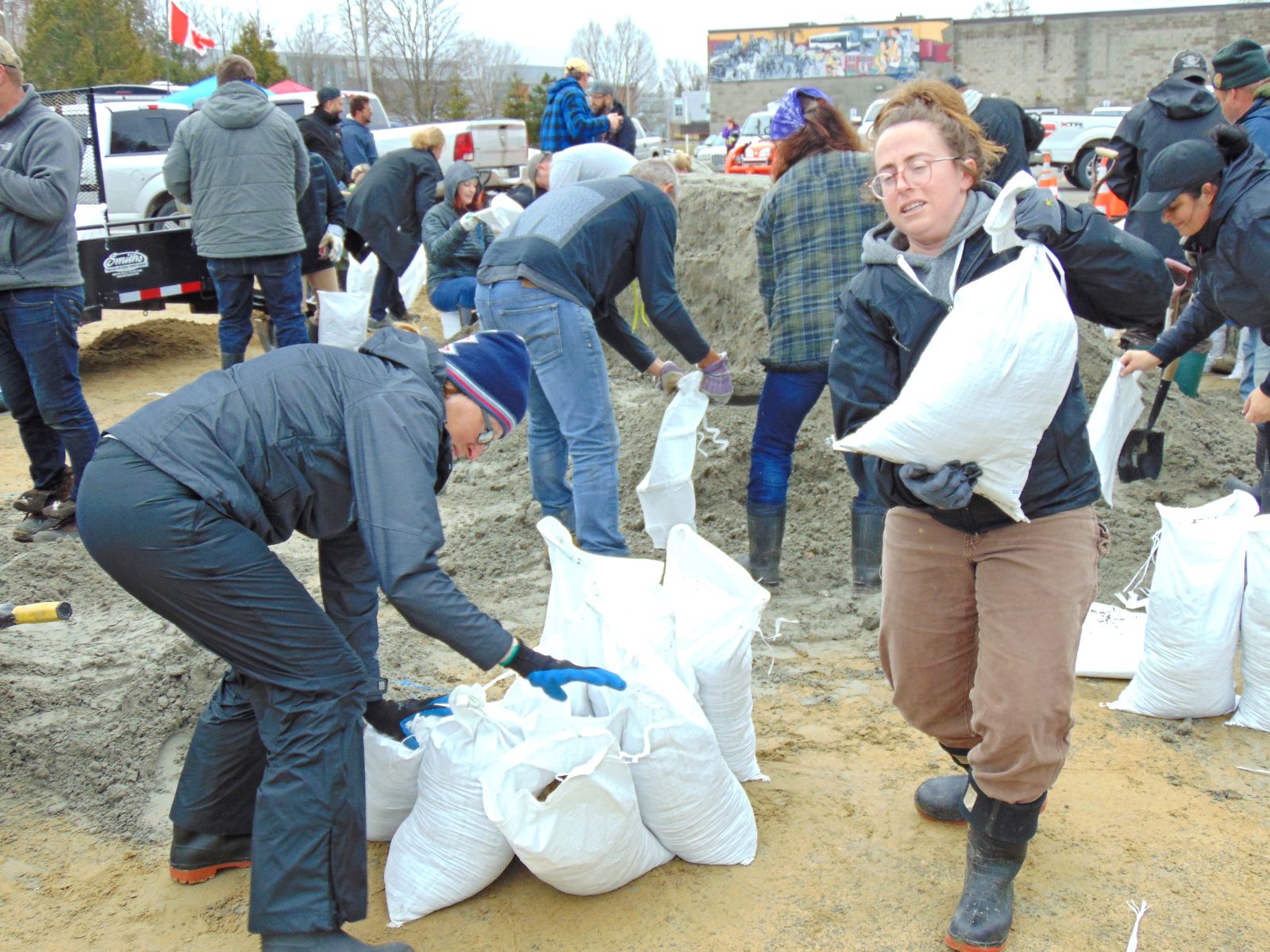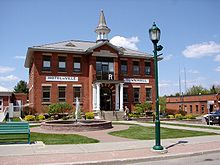“We hope we don’t get another one,” said Mayor Guy Desjardins during an interview January 10, but he noted that city staff and residents have learned some valuable lessons the hard way from the 2017 and 2019 spring floods. “We, at the City, are now looking closely at the location of flood areas,” said the mayor. “We are trying to discourage people from building in floodplain areas, especially now that we have proof that there is a problem.”
Will the City be ready if there is another flood?


